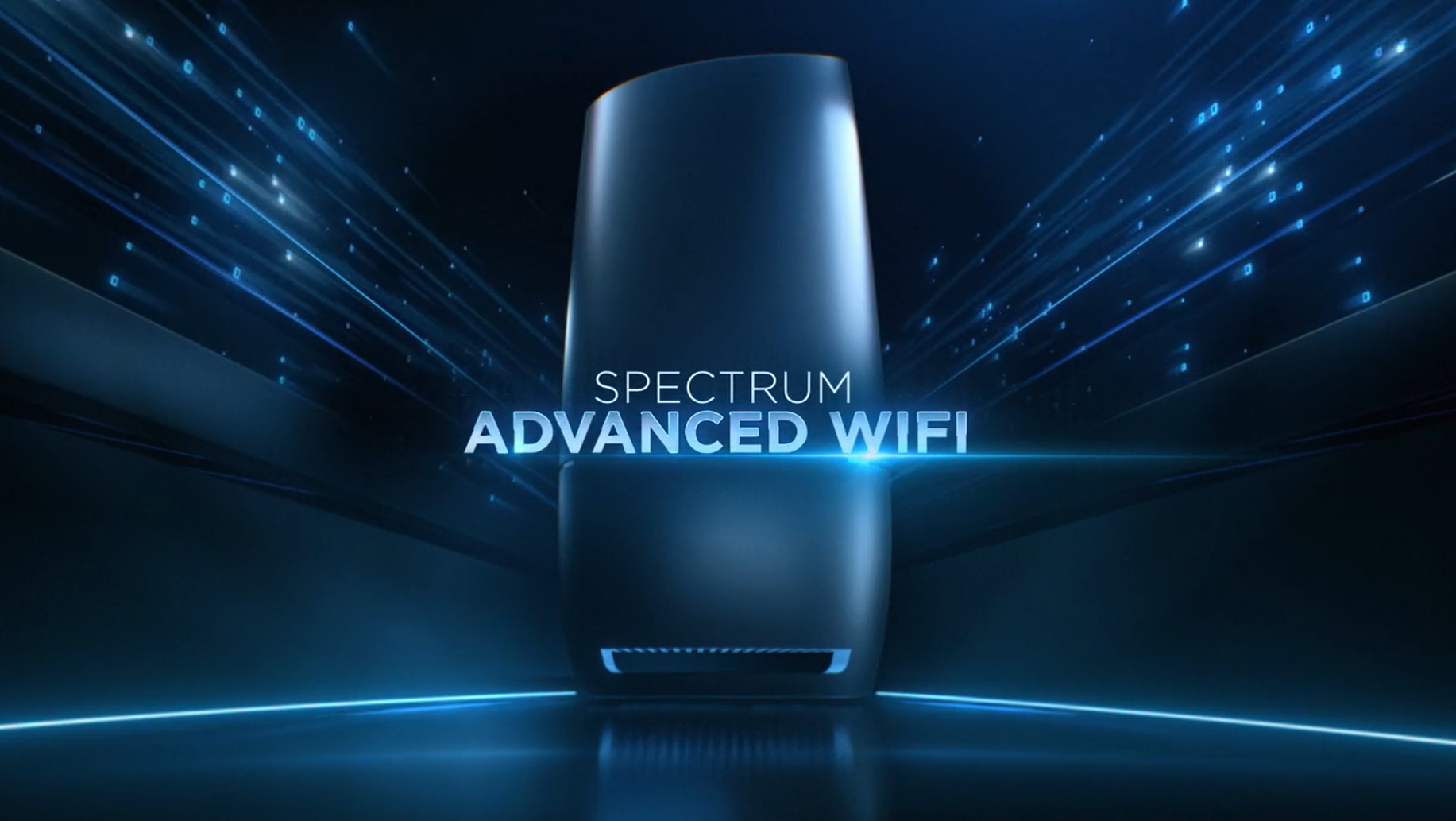When it comes to making sure the vast array of gadgets at home, from the big-screen TV to your smartphone, are connected and working properly, there’s nothing more important than having a good Wi-Fi connection. Those of you looking to connect hundreds of gadgets to your home network will be glad to see a new, faster standard, Wi-Fi 7, starting to trickle out.
Wi-Fi 7 promises to bring even higher speeds and lower latency, or the lag time between when you click on a link, and when that signal travels through the network and back.
The technology has been in the headlines in the last few days, with Charter and Qualcomm teasing a new modem using the standard, while Amazon unveiled an eero Wi-Fi mesh system also utilizing Wi-Fi 7.
But it’s also extremely new and not fully complete, which is why popular devices like Apple’s latest iPhone 15 hasn’t adopted the standard yet.
Here’s a breakdown of everything you need to know about Wi-Fi 7.
What is Wi-Fi 7?
Despite its name, Wi-Fi 7 is not the seventh generation of wireless internet. You can blame a rebranding from a few years ago, but at least it’s a lot catchier than its official designation, 802.11be.
The Institute of Electrical and Electronics Engineers, or IEEE, has been working on Wi-Fi 7 since 2019, right when Wi-Fi 6 emerged. The official standard is actually expected to come out next year, but some early products were based on the early test kits.
But that’s why Amazon’s eero 7 Max WiFi router doesn’t yet have a release date, and Spectrum’s next modem won’t come out until 2024.
How fast is Wi-Fi 7?
Wi-Fi 7 is supposed to hit peak speeds of 40 Gbps. That is an insanely high speed, and actually far higher than any normal household would get, considering most fiber services run at 1 or 2 Gbps. Those kinds of speed essentially future-proof your router even as the amount of internet capacity you get rises.
How is it different from Wi-Fi 6?
Wi-Fi 7 embraces a lot of the advancements from the previous standards and makes full use their benefits. It does a better job of taking advantage of the 6 Ghz spectrum band that is essentially a giant pipe for data. The standard actually builds off of Wi-Fi 6E, which was the first standard to run on 6 Ghz. But because the frequency is a shared-use band (NASA uses it to communicate with satellite), Wi-Fi 7 will come with new technology to help coordinate signals and ensure less interference. Wi-Fi 7 will also be able to take full advantage of the channel, something Wi-Fi 6E can’t do.
In addition, it’ll embrace a feature called Multi-Link Operations, which enables the wireless signal to run across different radio frequencies. So instead of just that giant pipeline, you’ll be able to open multiple pipelines ferrying data across simultaneously. That’s only possible because Wi-Fi now works with 5 Ghz and 6 Ghz frequencies, which are relatively close to each other.
Then there’s a 4K QAM, or quadrature amplitude modulation, a very fancy way of saying that it’ll be able to send batches of data across different phases much faster, leading to much lower lag time. Using QAM, means having giant tankers ferrying that data through those big pipelines instead of a tiny tugboat.
The IEEE has a nice breakdown here.
So can I expect instantaneous connections for my devices?
Not so fast (heh). Keep in mind that there are speed bottlenecks everywhere. The first is the connection between the ISP and your home. If you’re paying for 2 Gbps service, that’s largely what you can expect even once it hits your Wi-Fi 7 router. Having the new standard won’t automatically give you a new speed boost beyond what you’re actually getting from a broader provider.
In addition, your device would also need to be compatible with Wi-Fi 7 to fully maximize the connection with the router.
So is it even worth it?
Having a Wi-Fi 7 router will pay off in the long run, but there’s no rush to go out and buy one. As with all technology standards, it will take time for you to replace your devices with ones that are compatible. The latest version of Wi-Fi 6, Wi-Fi 6E, really just got here, and products are just now catching up.
It’ll take a while before Wi-Fi 7-enabled products will be here in any meaningful way.
The good news is if you do get a Wi-Fi 7 router, it’ll be compatible with those older standards, and you may just get a general speed bump anyway. You just won’t be able to maximize the full potential of the router any time soon.

